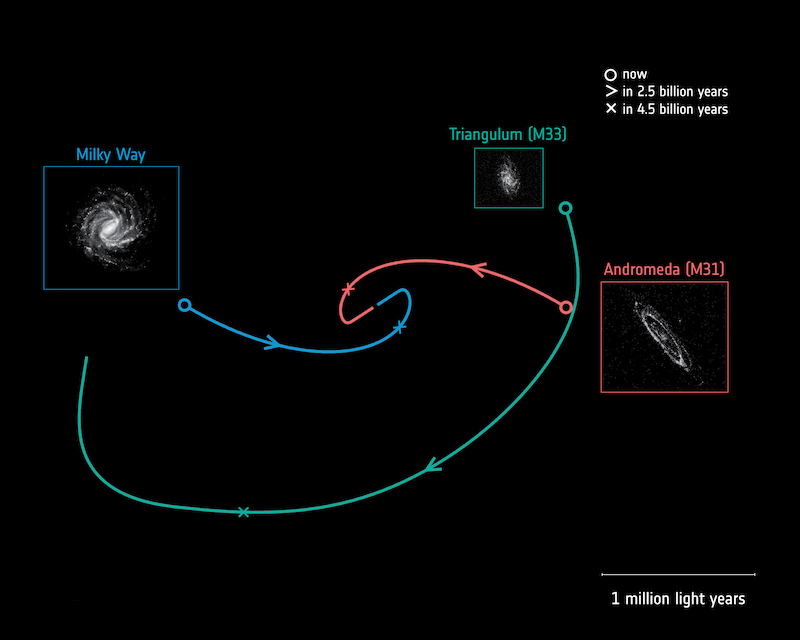“GRB 080319B was a
gamma-ray burst (GRB) detected by the
Swift satellite at 06:12
UTC on March 19, 2008. The burst set a new record for the farthest object that
was observable with the
naked eye:
[2] it had a peak visual
apparent magnitude of 5.8 and remained visible to human eyes for approximately 30 seconds.
[3]”
A curious fact though I doubt anyone actually saw it, Tom. Had someone been looking exactly at the right spot near gamma Bootis when it occurred, they only would have noticed a barely discernable star for a few seconds which they probably would have dismissed as a figment of their vision. Though, that part of the sky is up now at night rising in the east if anyone is inclined to go look for it right under the armpit of the Hunter where I plotted the location seen here marked with the red label.
View attachment 334450
Undoubtedly a curious wonder considering that the light of that event occurred 3 billion years before our Sun even burned hot in space!
I used to have a 4-inch reflecting telescope as a kid (saved for partly out of my school lunch money) and I dreamed of becoming an astronomer.







